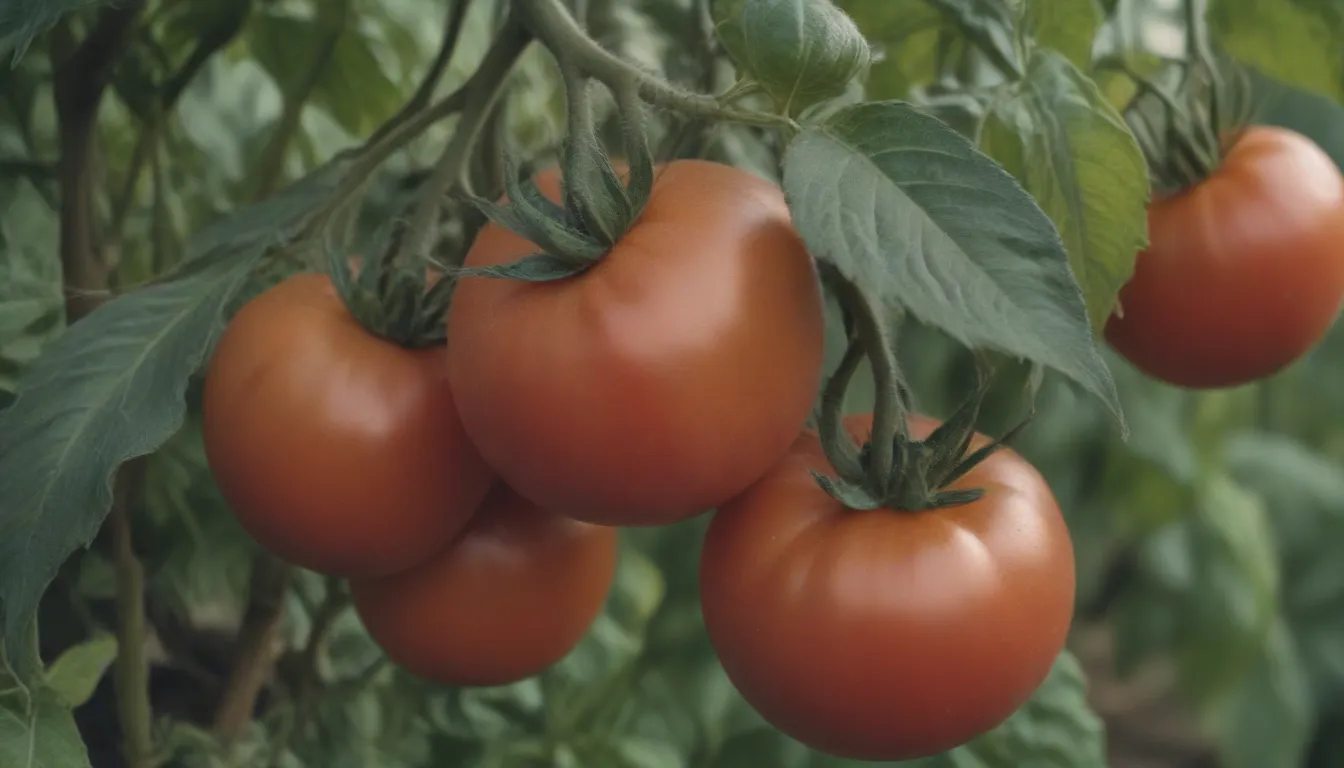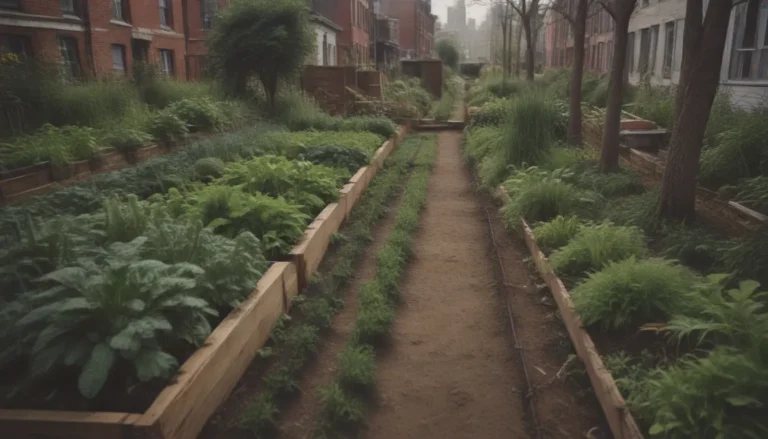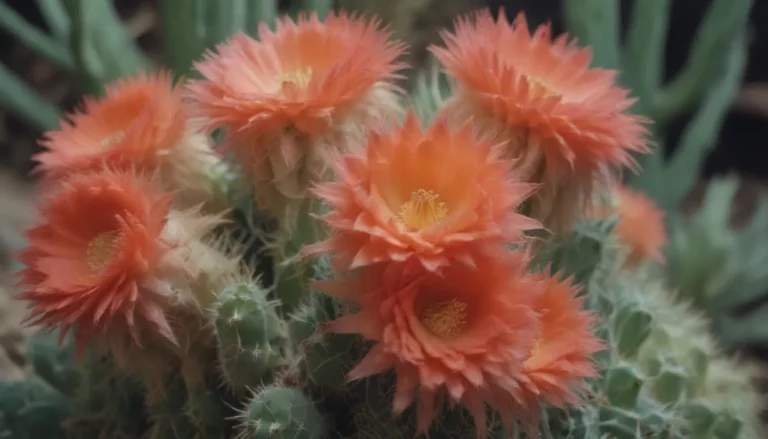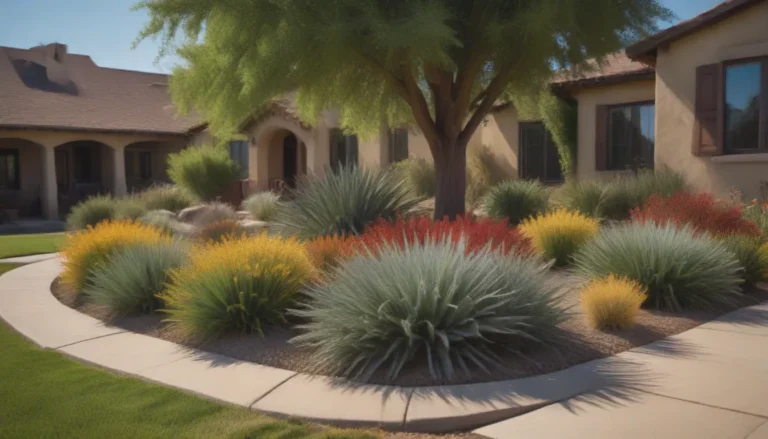A Comprehensive Guide to Tomato Diseases: Identification, Treatment, and Prevention

Welcome to our in-depth guide on identifying, treating, and preventing common tomato diseases. Whether you’re a seasoned gardener or just starting out, understanding how to manage these issues is crucial for healthy and thriving tomato plants. Most tomato diseases are caused by fungal infections that thrive in specific weather conditions, such as excessive rain during warm or cool periods. By implementing good garden practices, you can significantly reduce the risk of infections and ensure a successful harvest.
Even the hardiest of crops can fall victim to any of the following 17 common tomato diseases. In this guide, we will explore the symptoms to watch out for and provide effective strategies to maintain the health of your tomato plants.
Early Blight
Early blight, caused by the Alternaria fungus, is the most common leaf spot disease affecting tomatoes. This disease thrives in hot, humid regions and can linger in the soil for up to a year. Wet weather conditions can trigger an outbreak of early blight in your garden.
Symptoms:
– Dark brown spots encircled with rings appearing on the lowest leaves and moving upward
– Shriveling, drying up, and falling of foliage
– Lesions developing on stems and fruits, leading to sunscald
Management:
– Remove lower leaves, including up to a third of infected foliage
– Apply a tomato fungicide at the first sign of infection
– Water at the soil level and practice mulching to prevent early blight
Fusarium or Verticillium Wilt
Fusarium wilt and verticillium wilt are fungal diseases that can cause severe damage to tomato plants. These diseases often present similar symptoms, including wilting of the entire plant during the day, yellowing and drying up of leaves, and discoloration of the lower stem tissue.
Symptoms:
– Wilting of plants during the day and recovery at night
– Yellowing, drying up, and falling off of leaves
– Red or black discoloration of the lower stem tissue
Management:
– Remove and dispose of infected plants and roots
– Plant resistant varieties labeled VFN or FN
– Implement a three-year crop rotation and practice weed control
Powdery Mildew
Powdery mildew is a fungal disease that spreads through airborne spores and thrives in high humidity levels. While the fruit itself does not develop powdery mildew, defoliation can lead to sunscald and crop loss.
Symptoms:
– Yellow spots on leaves turning into white powdery lesions
– Coating the entire leaf and appearing on stems
Management:
– Treat the entire crop with sulfur dust, fungicides, or horticultural oils
– Remove infected leaves and buds
– Provide adequate spacing between plants and practice good weed control
Anthracnose
Anthracnose is a common fungal disease that causes fruit to rot, favored by warm temperatures, wet conditions, and poorly-drained soil. It can lead to small, sunken water-soaked spots on fruit and yellow halo spots on leaves.
Symptoms:
– Small, round, and sunken water-soaked spots on fruit
– Leaves developing small, round spots with yellow halos
Management:
– Apply copper sprays preventatively
– Plant certified seeds in well-draining soil and practice good garden hygiene
Septoria Leaf Spot
Septoria leaf spot, caused by the Septoria fungus, affects tomato leaves but not the fruit. It thrives in warm, wet weather conditions and can rapidly spread through the entire crop.
Symptoms:
– Small, dark circles on leaves enlarging to 1/3 to 1/4-inch in diameter
– Tan or gray centers on spots with wilting and eventual leaf fall
Management:
– Apply tomato fungicide or biofungicide to the entire crop
– Practice good garden sanitation by removing fallen leaves and debris
Botrytis Gray Mold
Botrytis gray mold develops from the Botrytis cinerea fungus and can cause brown lesions on leaves and stems, as well as whitish soft rot on fruits. This disease is most prevalent in cooler temperatures.
Symptoms:
– Brown lesions on leaves and stems
– Whitish soft rot on fruits, leading to wilt and leaf fall
Management:
– Treat with fungicides specifically targeting gray mold
– Prune plants in the early afternoon for quick drying of cuts
Bacterial Speck
Bacterial speck, caused by the Pseudomonas syringae bacteria, can lead to dark brown to black spots on leaves and fruits. This disease is prevalent during cool, wet weather conditions.
Symptoms:
– Small, irregular dark spots surrounded by yellow tissue on leaves
– Raised spots on mature fruit
Management:
– Treat with copper fungicide during cool, wet weather
– Avoid overhead irrigation and practice crop rotation
Southern Blight
Southern blight, caused by the Athelia rolfsii fungus, can girdle tomato stems and prevent the plant from taking up water and nutrients. This disease is more prevalent in southern regions and persists in soil for years.
Symptoms:
– Black-brown round lesions on stems near ground level
– Rapid spread forming a white mold and yellow spots on fruits
Management:
– Use fungicides and biofungicides for management
– Implement crop rotation and maintain proper soil pH levels
Gray Leaf Spot
Gray leaf spot is a fungal disease affecting tomato leaves, starting with the oldest leaves and potentially infecting stems. This disease does not impact the fruit directly but can affect plant health and fruit production.
Symptoms:
– Small, dark spots with yellow halos on leaves
– Yellowing, drying, and eventual drop of leaves
Management:
– Remove affected plants and debris to prevent spread
– Select resistant varieties and avoid planting in infected soil
Late Blight
Late blight, caused by the oomycete Phytophthora infestans, affects leaves, stems, and fruit. This disease develops in cool, wet weather and can spread rapidly, causing devastation to crops.
Symptoms:
– Irregularly shaped dark brown blotches with green-gray edges on leaves
– White mold development, especially in wet conditions
Management:
– Utilize copper sprays for control
– Remove debris and avoid saving seed potatoes
Blossom End Rot
Blossom end rot is a physiological disorder caused by a lack of calcium availability during fruit set. This can lead to dark brown or black spots on the blossom end of the fruit and subsequent rotting.
Symptoms:
– Dark spots at the blossom end of the fruit
– Enlarging spots leading to fruit rot
Management:
– Remove affected fruit and provide regular, deep waterings
– Use fertilizers low in nitrogen and high in phosphorous
Buckeye Rot
Buckeye rot is more common in Southern states and affects both green and ripe fruit. This disease can lead to brown spots with concentric rings resembling a buckeye, causing fruit to decay and rot.
Symptoms:
– Small brown spots enlarging with concentric rings
– Soft decayed lesions on affected fruit
Management:
– Remove affected fruit and prevent contact with soil
– Avoid surface water from flooding plants
Gray Wall
Gray wall is a ripening problem without a known pathogen or treatment. This issue is exacerbated by cool temperatures and stressed plants, leading to gray cast, blotches, and mottled ripening in fruit.
Symptoms:
– Gray cast on green fruits and mottled appearance on ripe fruit
– Uneven ripening and internal discoloration
Management:
– Ensure optimal growing conditions for plants
– Maintain even watering and fertilization practices
Leaf Mold
Leaf mold is caused by the Passalora fulva fungus and appears as pale green or yellow spots on leaves, eventually developing into gray, velvety growth on the underside of leaves. Proper pruning and watering practices can help control this disease.
Symptoms:
– Pale green or yellowish spots on leaves
– Gray, velvety growth on underside of leaves
Management:
– Increase air circulation by pruning and spacing plants
– Avoid overhead watering to keep leaves dry
Tomato Pith Necrosis
Tomato pith necrosis, caused by soil-borne Pseudomonas bacteria, can lead to blackening of stems and leaves, split stems, and disintegration of pith. This disease is best managed through proper watering practices and removal of infected plants.
Symptoms:
– Blackening of stems and leaves
– Split and disintegrating stems with yellowing leaves
Management:
– Maintain proper soil moisture and dispose of infected plants
– Rotate crops to prevent bacterial persistence
Damping Off
Damping off is a fungal disease affecting tomato seedlings caused by Rhizoctonia, developing in cool, wet soils. This disease can lead to failure of seedling emergence or water-soaked stems.
Symptoms:
– Failure of seedling emergence or water-soaked stems
– Rotting at the base of seedlings
Management:
– Plant seeds in well-draining soil and avoid high nitrogen levels
– Keep soil dry between waterings and add nitrogen fertilizer after seedling establishment
Mosaic Virus
Mosaic virus is a persistent virus affecting tomatoes transmitted through various means, including seed, pests, and human handling. This virus can lead to curling leaves, mottled appearance, and light growth on tomato plants.
Symptoms:
– Curling and mottled leaves
– Brown or mottled appearance of fruit
Management:
– Utilize reflective mulches for prevention
– Practice good hygiene and avoid overhead watering
In conclusion, identifying, treating, and preventing tomato diseases is essential for the health and productivity of your plants. By recognizing the symptoms and implementing proper management strategies, you can safeguard your crops and enjoy a bountiful harvest. Remember to practice good garden hygiene, rotate crops, and select resistant varieties to minimize the risk of disease outbreaks in your tomato garden. Happy gardening!
Sources:
– Clemson University Cooperative Extension Service
– University of Maryland Extension
– North Carolina State Extension
– Mississippi State University Extension
– University of Massachusetts Center for Agriculture
– University of California





